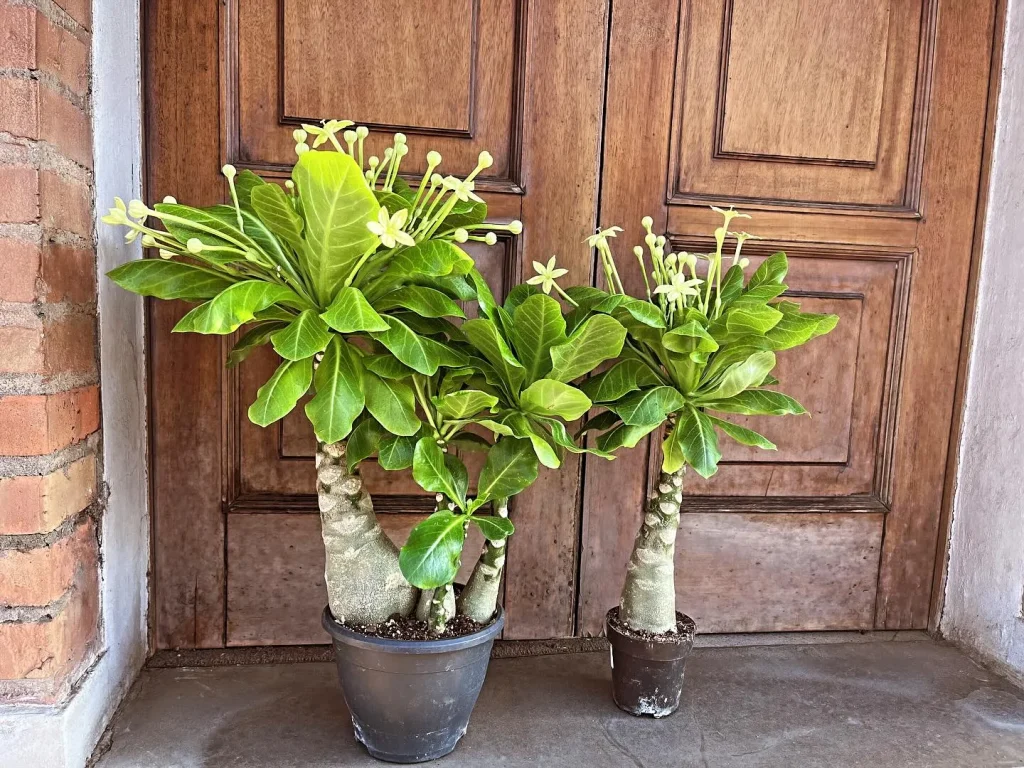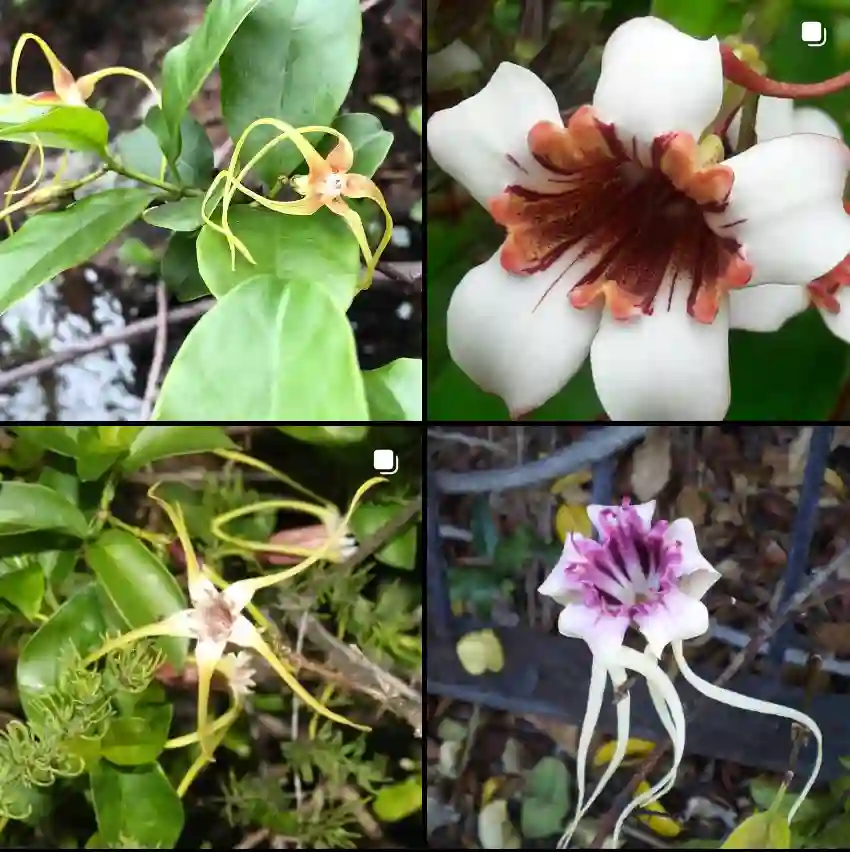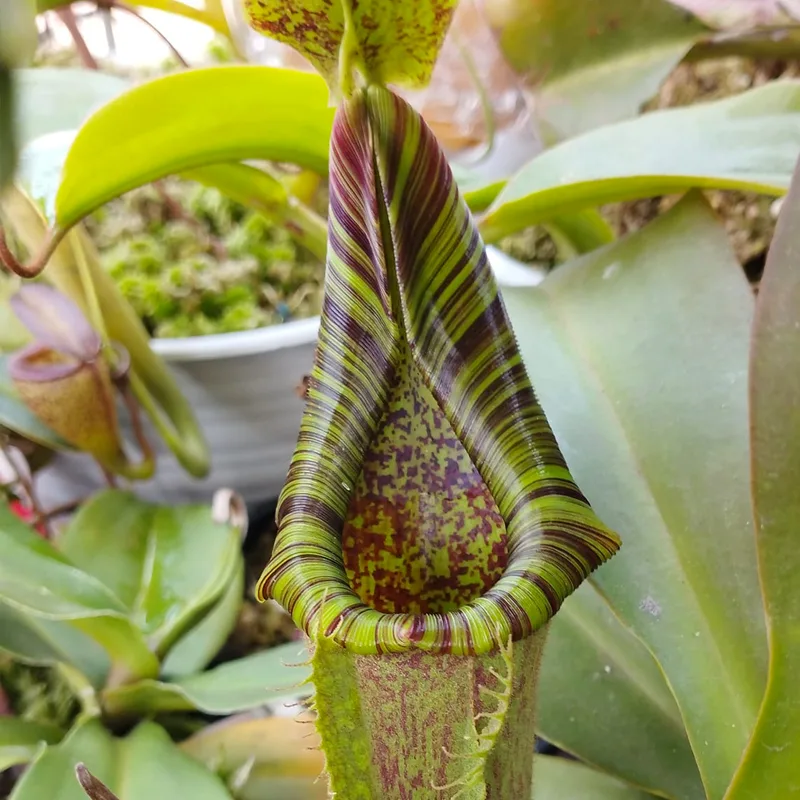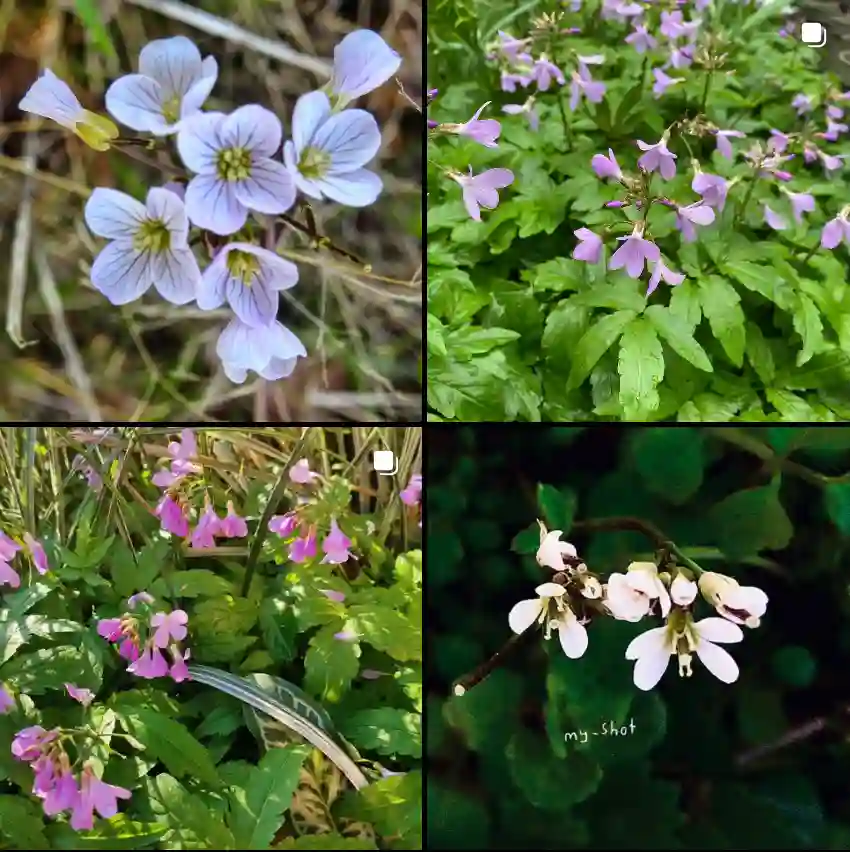
FAQs About Snow Peas
As someone who loves growing and cooking with Snow Peas, I often get a lot of questions about this delightful vegetable. Here, I’ll share everything I know about Snow Peas, from what they are to how to cook them, and even answer some common questions. Whether you’re a seasoned gardener or a beginner cook, I hope you’ll find this guide helpful.
What Is a Snow Pea?
Snow Peas, scientifically known as Pisum Sativum var. Saccharatum, a synonym of Lathyrus Oleraceus, are a type of pea commonly grown for their edible pods. Unlike garden peas, Snow Peas are flat and have small, undeveloped seeds inside. The entire pod is edible, making them a versatile ingredient in many dishes. They have a mild, sweet flavor and a crisp texture that adds a refreshing crunch to salads, stir-fries, and other dishes.
184 Species in Genus Lathyrus
What Does a Snow Pea Look Like?
A Snow Pea is easily recognizable by its flat, green pods that are typically about 2-3 inches long. The pods are smooth and can sometimes have a slightly translucent appearance, allowing you to see the small peas inside. The plant itself is a climbing vine, with tendrils that help it cling to supports. Snow Pea plants produce beautiful white or pink flowers before the pods develop.
What Do Snow Pea Seedlings Look Like?
Snow Pea seedlings are delicate and easy to identify. When they first sprout, they have two small, oval-shaped leaves known as cotyledons. As they grow, they develop true leaves, which are larger and have a more complex, feather-like appearance. The seedlings will also start to develop small tendrils, which they use to grasp onto nearby structures for support.
How Many Calories in a Snow Pea?
Snow Peas are a low-calorie vegetable, making them a great option for those looking to maintain a healthy diet. One cup of raw Snow Peas contains about 35 calories. They are also a good source of dietary fiber, vitamins C and K, and several important minerals.
Are Snow Pea Leaves Edible?
Yes, Snow Pea leaves are edible and are often used in various Asian cuisines. They have a mild, slightly sweet flavor and a tender texture. Snow Pea leaves are a great addition to salads, soups, and stir-fries. They are also packed with nutrients, including vitamins A, C, and K, as well as folate and fiber.
Can You Eat Snow Pea Leaves?
Absolutely! Snow Pea leaves can be eaten raw or cooked. When raw, they add a fresh, green flavor to salads. When cooked, they become tender and slightly sweet, making them a perfect addition to stir-fries and soups. To prepare Snow Pea leaves, simply wash them thoroughly and trim off any tough stems.
How to Cook Snow Pea?
Cooking Snow Peas is simple and quick. They can be steamed, sautéed, stir-fried, or even eaten raw. For a quick stir-fry, heat a little oil in a pan, add the Snow Peas, and cook for 2-3 minutes until they are bright green and slightly tender. You can add garlic, soy sauce, or other seasonings to enhance their flavor.
How to Cook Snow Pea Leaves?
Snow Pea leaves are best when cooked lightly to preserve their tender texture and mild flavor. To sauté them, heat a small amount of oil in a pan, add the leaves, and cook for about 1-2 minutes until they are wilted. You can also add garlic, ginger, or a splash of soy sauce for extra flavor. Snow Pea leaves can also be steamed or added to soups.
How to Freeze Snow Pea Pods?
Freezing Snow Pea pods is a great way to preserve their freshness. First, blanch the pods by boiling them for about 2 minutes, then immediately transferring them to an ice bath to stop the cooking process. Once they are cool, drain and dry them thoroughly before placing them in a single layer on a baking sheet. Freeze them for a few hours, then transfer the frozen pods to an airtight container or freezer bag.
Can Dogs Eat Snow Pea Pods?
Yes, dogs can eat Snow Pea pods in moderation. They are a safe, low-calorie treat that can provide some fiber and vitamins. However, it’s important to serve them plain, without any seasoning or oils. Also, make sure to cut the pods into smaller pieces to prevent choking, especially for smaller dogs.
Do You Need to Soak Snow Pea Seeds Before Planting?
It’s not necessary to soak Snow Pea seeds before planting, but doing so can speed up germination. If you choose to soak them, place the seeds in water for about 4-6 hours before planting. This softens the seed coat, allowing the seeds to sprout more quickly.
Snow Pea vs. Snap Pea
Snow Peas and Snap Peas are often confused, but they have some key differences. Snow Peas have flat, edible pods with tiny seeds inside, while Snap Peas have rounder, thicker pods with larger seeds. Both are delicious, but Snap Peas tend to be sweeter and have a crunchier texture.
Snow Pea vs. Fire Pea
Snow Peas and Fire Peas differ in appearance and taste. Fire Peas, which are not commonly found in regular markets, are known for their spicy heat, while Snow Peas are sweet and mild. Fire Peas are usually used for their pods in spicier dishes, whereas Snow Peas are versatile and can be used in a wide range of recipes.
Snow Pea vs. Sweet Pea
It’s important not to confuse Snow Peas with Sweet Peas. Sweet Peas are flowering plants grown for their beautiful, fragrant flowers. Unlike Snow Peas, the pods and seeds of Sweet Peas are toxic and should not be consumed.
Benefits of Eating Snow Peas
Snow Peas are a healthy addition to any diet. They are low in calories and high in fiber, which aids in digestion. They are also rich in vitamins C and K, providing antioxidant benefits and supporting bone health. Including Snow Peas in your diet can help boost your immune system and improve overall health.
Common Problems When Growing Snow Peas
Like any plant, Snow Peas can face some challenges. Common problems include pests such as aphids and powdery mildew. It’s important to monitor your plants regularly and address any issues promptly. Ensuring proper spacing, adequate sunlight, and good air circulation can help prevent many common problems.
How to Care for Snow Peas?
Snow Peas are relatively easy to care for. They thrive in cool weather and need plenty of sunlight. Plant them in well-draining soil and water them regularly, but avoid overwatering. Providing a trellis or support can help the vines grow upright and make harvesting easier.
Snow Peas are a versatile, nutritious, and delicious addition to any garden or kitchen. Whether you’re cooking them up in a stir-fry or adding their tender leaves to a salad, Snow Peas offer a delightful flavor and a host of health benefits. Happy gardening and cooking!
If i die, water my plants!



